297 Views
Junkyard Find: 1979 Ford Mustang Coupe

by
Murilee Martin
(IC: employee)
Published: August 7th, 2017
Share
The Fox Mustang replaced the much-reviled (but big-selling) Pinto-based Mustang II for the 1979 model year, and production continued through 1993 (or 2004, if you consider the Fox-based SN-95 platform to be a true Fox).Today’s Junkyard Find, spotted in Denver, is a triple rarity: it’s a first-year Fox Mustang, it’s a notchback, and it has the 200-cubic-inch straight-six engine. Let’s take a look.
The base engine for the 1979 Mustang was Ford’s ubiquitous “Pinto” 2300 four-cylinder, good for 88 horsepower. Performance-minded buyers could get a 140 hp turbocharged version of the 2300 or the 302-cubic-inch/5.0-liter Windsor V8, also rated at 140 hp. The middle-of-the-road engine option was a 2.8-liter version of the “Cologne” V6, already familiar to Americans as the engine used in the 1971-1978 Capri; Ford ran out of the Colognes late in the 1979 model year and switched to the good old 200-cubic-inch pushrod straight-six. That’s the engine we see in this car. A few years later, Ford sliced two cylinders off this engine and created the HSC, which powered Tempos, Topazes, Tauruses, and Sables.
The future was closing in fast in 1979, and so Mustang buyers could get this optional science-fictiony Graphic Warning Module in their cars. I bought this one, for use at my next Junkyard Boombox Building Party.
This car got most of the medium-grade options, including the automatic transmission, blacked-out trim, pinstripes, air conditioning, the Interior Accent Group, and these Turbine wheel covers on 14-inch steel wheels. The true high rollers got the Cobra or Ghia versions, adding the leather-and-vinyl interior and a more powerful engine.
Most of the early Fox Mustangs were hatchbacks; the notchbacks are a bit lighter and thus more desirable for the multitudes who want to build race cars. This one isn’t rusty, but good sheet metal wasn’t enough to save it from a junkyard fate.
{
"id": "9205209",
"alt": "",
"title": "",
"video_link": "https://www.youtube.com/embed/X3lN2n8vkCA",
"youtube_video_id": "X3lN2n8vkCA"
}
{
"width": 634,
"height": 357,
"showRelated": true
}
“It’s time to fall in love again, with a beautiful new breed of Mustang.” True enough. Note the slightly Muzaked version of “Swingtown” by the Steve Miller Band, the use of which probably cost Ford a few bucks.
#1970s
#1979
#1979FordMustang
#Colorado
#Denver
#DownOnTheJunkyard
#Ford
#FordFox
#FordFoxPlatform
#FordMustang
#Mustang
#Junkyard
#JunkyardFind
#Malaise
#MalaiseEra
#FoxFord

Murilee Martin
Murilee Martin is the pen name of Phil Greden, a writer who has lived in Minnesota, California, Georgia and (now) Colorado. He has toiled at copywriting, technical writing, junkmail writing, fiction writing and now automotive writing. He has owned many terrible vehicles and some good ones. He spends a great deal of time in self-service junkyards. These days, he writes for publications including Autoweek, Autoblog, Hagerty, The Truth About Cars and Capital One.
More by Murilee Martin
Published August 7th, 2017 8:00 AM
Latest Car Reviews
Read moreLatest Product Reviews
Read moreRecent Comments
- Corey Lewis It's not competitive against others in the class, as my review discussed. https://www.thetruthaboutcars.com/cars/chevrolet/rental-review-the-2023-chevrolet-malibu-last-domestic-midsize-standing-44502760
- Turbo Is Black Magic My wife had one of these back in 06, did a ton of work to it… supercharger, full exhaust, full suspension.. it was a blast to drive even though it was still hilariously slow. Great for drive in nights, open the hatch fold the seats flat and just relax.Also this thing is a great example of how far we have come in crash safety even since just 2005… go look at these old crash tests now and I cringe at what a modern electric tank would do to this thing.
- MaintenanceCosts Whenever the topic of the xB comes up…Me: "The style is fun. The combination of the box shape and the aggressive detailing is very JDM."Wife: "Those are ghetto."Me: "They're smaller than a Corolla outside and have the space of a RAV4 inside."Wife: "Those are ghetto."Me: "They're kind of fun to drive with a stick."Wife: "Those are ghetto."It's one of a few cars (including its fellow box, the Ford Flex) on which we will just never see eye to eye.
- Oberkanone The alternative is a more expensive SUV. Yes, it will be missed.
- Ajla I did like this one.



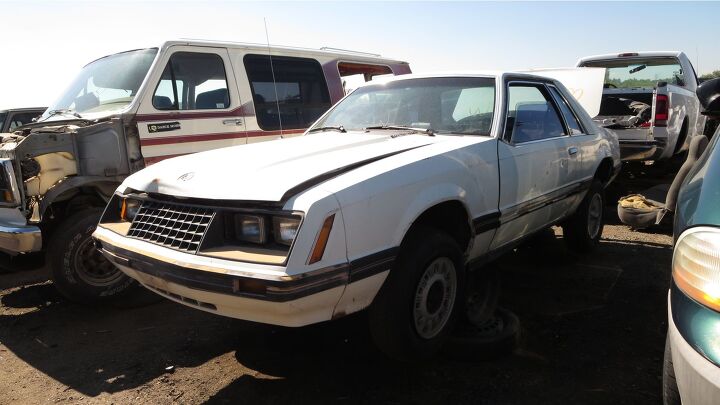































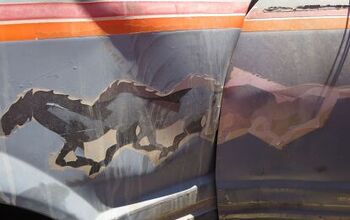

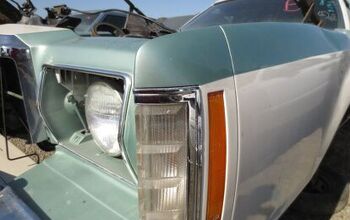
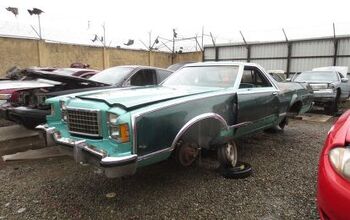
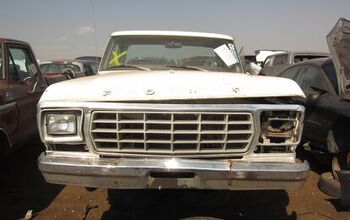
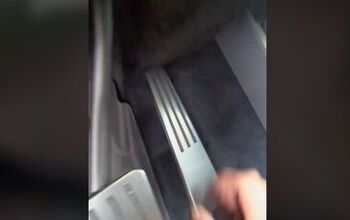


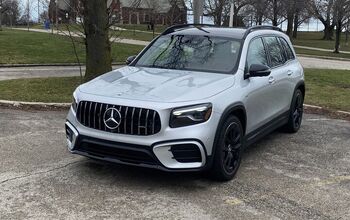
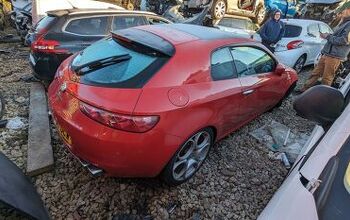




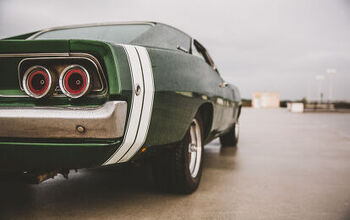
Comments
Join the conversation
In 1993 a friend of mine told me about an old farmer who had a five liter Mustang with only 65,000 original miles. I went to see it. It was a 1979 Mustang notchback with a sunroof, a clean interior, faded paint, and a rather large dent on the rear fender. The farmer assured me that the 65k on the clock were original miles, though I didn't believe him and there was no way to know for sure. I bought it for 600 bucks. It drove and handled solidly, it was comfortable, and it seemed pretty fast at the time. There were problems with the choke, and I had to creatively find ways to wedge it open after it warmed up. It held about fifty liters of gas, which took me about 300 kilometers. This was too much for me, and I sold it to a buddy for really cheap. In hindsight, I think it really did have 65,000 miles and I should have appreciated it more.
Miss those straight six motors. :(. Could you tell me more JohnTaurus, regarding the 4.0 SOHC V-6 ? I was always skeptical of those motors. My 2005 Explorer was equipped with that motor, water pumped was replaced around 60,000 miles. No other problems. Strong motor.